The EKWB EK-XLC Predator 240 Liquid Cooler Review
by E. Fylladitakis on December 15, 2015 9:00 AM EST- Posted in
- Cases/Cooling/PSUs
- AIO
- Water Cooling
- Liquid Cooling
- EKWB
The EKWB EK-XLC Predator 240
At first sight, the EK-XLC Predator 240 appears very similar to AIOs that we have seen and tested before. A closer look however reveals that this kit is a fully modular liquid cooling system, with the main difference being that it has been pre-assembled at the factory. The hoses are removable and there are fluid filling and air bubble draining ports. Perhaps the only thing that it has it resembling a typical AIO system is that the fluid pump is merged with the radiator.
The CPU block is relatively simple and very small compared to other AIO systems, as it has no pump on it. It is made of a Plexiglass top with a metallic cover, with a steel retention brace and a copper base. The hoses can be removed in order to add more parts or clean the block, but they need to be inserted at the same holes again. Reversing the hoses has a strong impact on performance, reducing it by nearly 20%. Note that the EK-XLC Predator 240 can only be installed on Intel LGA1150, LGA1155, LGA1156 and LGA1366 CPUs, with LGA2011 support available if extra parts are purchased. None of AMD's CPUs are currently supported.
EKWB machined the copper base of the block down to a perfect mirror finish. It is almost a shame that copper is very soft and the perfect finish will be impaired when the block gets mounted on a CPU even once. Inside the block we found a metallic flow guidance plate, forcing the fluid to enter the microchannels from the center and exit from the sides. It is very well machined, without imperfections.
EKWB suggests in the manual that the microchannels should be cleaned in order to maintain maximum performance, however we strongly advice against such action by anyone who is not a liquid cooling expert. The process requires draining the system, opening the block carefully, cleaning it with specific solvents and resealing it. A new user to such a process should be extremely careful when refilling the system, and perhaps read/watch online guides, or the user will have to deal with leaks from improper sealing.
The radiator assembly comprises most parts of the system, as it includes the fluid pump, the air flow fans and the power controls. The pump is attached to the edge of the radiator, on a plastic frame that also serves as a basic fluid tank. The height of the pump encourages the presence of two cooling fans at the top side of the radiator, and two fans are preinstalled in a pull configuration. EKWB clearly assumes that the radiator will be installed at the top of a case, pulling air out of the case. The position of the pump also prevents the radiator from being installed vertically, as the pump will be unable to circulate the fluid, especially if the system is not filled to the brim and air removed.
There are two fluid filling and air bubble draining ports on the radiator, one next to the pump and one on the other side of the metallic body. If the user wants to drain and refill the system for any reason, be it for an upgrade or maintenance, the system has to be refilled from the port on the side of the radiator, while the radiator is standing upright. Once filled, the Predator 240 has to be powered on and the port next to the pump needs to be opened, draining the air and adding fluid if necessary. Both ports require a 6 mm hex key to be opened. The user needs to be very careful and gentle when closing the port next to the pump, as the body is plastic and it can be easily destroyed by the high torque of the 6 mm tool. The other port is on the metal body and is much more robust.
There is just one issue with the radiator which users might face - the thickness. The radiator and fan assembly is 68 mm thick, which is considerably thicker than what most case manufacturers have taken into account. There are cases that are designed to hold 240 mm radiators at their top panels but do not accommodate this kind of clearance. We strongly suggest checking the clearance of the case before purchasing this unit, or make sure that the case is in the EKWB's compatibility list.
The power control board near the edge of the radiator is small, simple and very clever. It powers the fans and the pump from a single SATA power cable, getting rid of the cable mess. It gets a PWM signal from a single motherboard fan header and adjusts the speed of the fans and of the fluid pump. If no signal wire is attached, the assembly will just constantly operate at maximum speed.
What is odd about the power controller is that there is a single extra header for a third fan. As the EK-XLC Predator 240 is a dual fan radiator, the reasonable move would be to have two extra headers, in case someone wants to install two more fans for a push-pull configuration. Nevertheless, it is likely installed it there with a secondary (e.g. case) fan in mind.


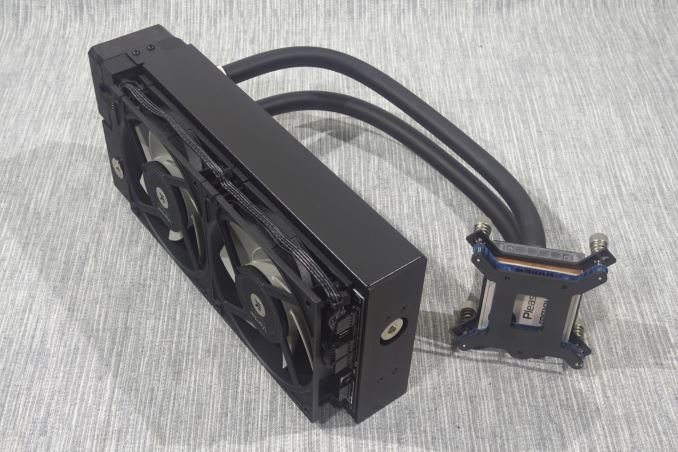

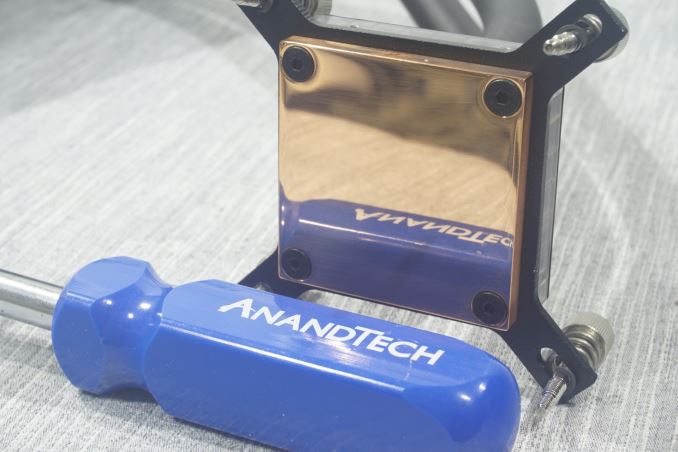
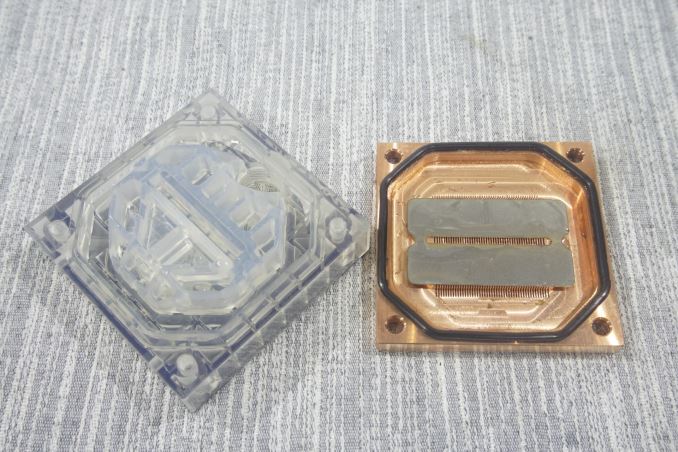
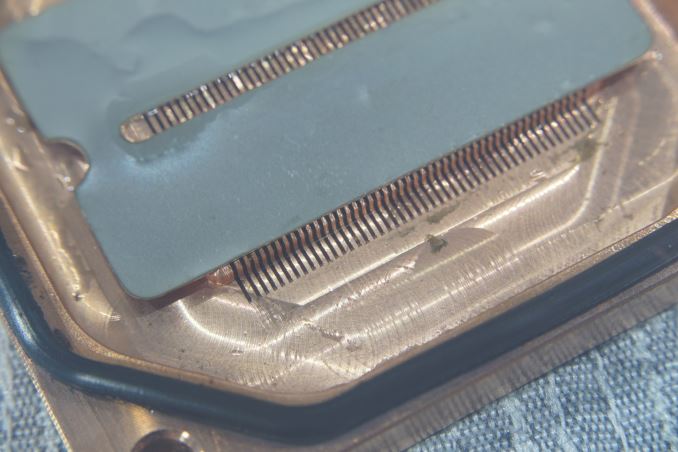

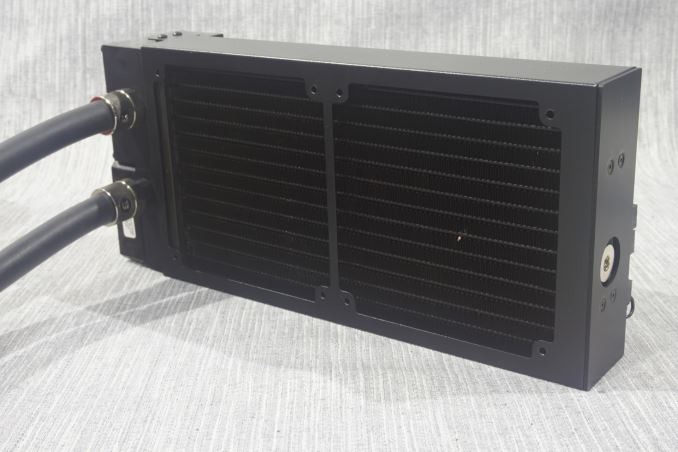

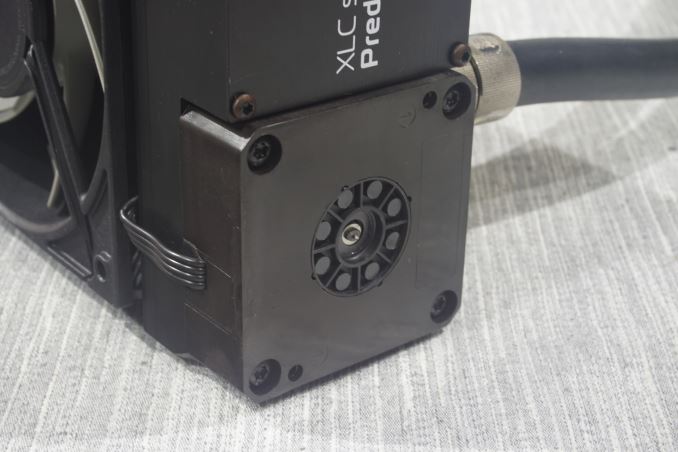









36 Comments
View All Comments
Titillating - Thursday, December 17, 2015 - link
We gave out a bunch of those AT-branded screwdrivers a while ago! They conveniently feature a reversible Phillips/flathead tip. We don't have a full set of branded tools, but if there is sufficient interest, we're happy to find a way to give away some more screwdrivers!pliablemoosethebanned - Thursday, December 17, 2015 - link
Put me on the list, I want one :)wolf762 - Sunday, December 20, 2015 - link
My first though was, cool where can I get one. If they were for sale I'd have bought a few to give as gifts this holiday season, depending on price of course =)Allan_Hundeboll - Monday, December 28, 2015 - link
I would love an AT branded screwdriver!Dr_Orgo - Tuesday, December 15, 2015 - link
Does H110 in the figures mean H110, H110i GT, or H110i GTX? If it is just the original H110 AIO cooler, that's a bit disappointing since the H110i GT is a direct upgrade over the original and is the most likely AIO alternative to the reviewed product.satai - Wednesday, December 16, 2015 - link
Comparison with some high-end air cooler (Noctua NH-D15 comes in mind) would be helpfull.Ninhalem - Wednesday, December 16, 2015 - link
The EK Vardar fans are comparable to the venerable Gentle Typhoon series as being the best radiator fans on the market. The Vardar fans are extremely quiet even when at high speeds (3000 rpm). I picked up one of the FF5 120 mm PWM fans when they first came out for some viability testing and couldn't believe how quiet they were at full speed. It's no surprise to me that they have excellent cooling ability with low fan noise.eckre - Wednesday, December 16, 2015 - link
(Facepalm) Why don't you compare this to AIR? Noctua 14/15 blows away almost all of these coolers in performance AND sound.Ninhalem - Wednesday, December 16, 2015 - link
And why would I want something clunky like the Noctua 14 hanging off my motherboard when I have space restrictions that a water cooling system like this product could solve handily?satai - Sunday, December 20, 2015 - link
It would be useful to get the comparison. Air can be better for your setup, Water can be better for your setup - details matter. But it doesn't make the performance and noise comparison useless.